
LS7-powered Superformance Coupe
A lesser-known fact about the development of the Cobra is that initially Carroll Shelby wanted an engine from General Motors. Rebuffed, he then talked Ford into supplying the then-new 260 ci V8, soon bumped up to 289 cubes. The timing was ideal because Ford was looking to publicize its new power plant, and Carroll had just the right promotional vehicle (literally) for it. This fateful turn of events led to a number of significant racing achievements for both the Cobra roadster and coupe, not the least of which was the 1965 World Manufacturers’ Championship.
But what if Shelby had gotten his way initially and dropped a Chevy into his snake? We’ll never know how well the Cobra would’ve done on the track with a bow tie instead of a blue oval (even though a few Cobras did race with Chevy V8s in Europe). After all, Ford was anxious to make a name in motorsports, while GM had put a corporate ban on competition.
Even so, some replica owners have entered this parallel universe by switching engine brands. Consider Roger Parr and his Superformance Coupe. A satellite communications engineer by profession, he’s very particular about technical details and chose to repower the car, replacing its Roush 427R (basically a stroked Ford 351 Windsor) with a modern LS7 engine, along with several other changes.
The vehicle (chassis number SPC0070) was built by Dennis Olthoff at Olthoff Racing in 2005 for Joe Henderson. It was later sold and appeared a couple of times in showrooms and at track events.
It eventually ended up at Hillbank Motor Corp. where it was put up for sale. Roger purchased the car in November of 2015, and it went to Steve Wood of Panavia, located in Campbell, California, that same month for modification.
Should other replica enthusiasts consider an engine swap, Steve shared some technical pointers. First off, the packaging of these two lumps is fairly similar.
“Parr’s LS7 engine unit itself is approximately the size and form factor of a Ford 351W,” Steve points out. “That is, it’s externally similar to an LS — including pipe spacing, angle, width, length — and likewise in the new LT configuration.” Interestingly enough, “If you compare it to a 1968 Ford 428 Police Interceptor/Cobra Jet, the bore and stroke size are eerily similar to an 2007-13 LS7,” he adds.
While their gross power outputs are roughly the same (515 horses on the Roush versus 505 hp on the LS7), that’s where any similarities end. Roger found that the carbureted Roush is configured to reach its power numbers at higher revolutions per minute, from 2,000 rpm to 6,000 rpm, and it didn’t quite suit his intended use. “Although great for track driving, it didn’t do well for street driving,” he admits.
In contrast, the computer-controlled, fuel-injected LS7 is setup to have a more dynamic, softer, and more usable power band. Just what Roger had in mind. With the LS7, he feels it has better torque on the low end when driving from stoplights and a very flat, broadband power curve. In addition, the modern EFI setup of the LS7 fits with his professional background since it’s a plug-and-play deal.
“I’m a fuel injection guy,” he says. “And you don’t get fires with fuel injected engines.”
All easier said than done, of course, as his LS7 required some special front accessories. The standard alternator would normally fry the batteries, so a custom-designed alternator with a regulator was installed. The regulator is set to 13.5 volt, just above the suggested charge voltage of 13 volts, and the battery has been maintained at this level ever since.
In May of 2016, he turned over the project to Ted Taormina of Taormina Imports to assist in completing the final details on the project, including fitting a Corvette exhaust and tuning the LS engine. Ted discovered it was running rich between 3,500 and 5,500 rpm and leaned out the ratio using an air-fuel meter and laptop. He reprogrammed about 30 cells in the fuel map, dialing back the pulse width to optimize the fuel-air mixture.
Not everyone appreciates Roger’s preference for the LS engine, of course. “It’s the shape that garners attention, and older people appreciate the history of Carroll Shelby, the Cobra, and its evolution to the Daytona.” But when they look under the hood, there’s sometimes a totally different reaction.
They make snarky remarks about running a Chevy in a Shelby. “I hear that little gasp, as it takes their breath away,” he notes. One comment he often hears: “You’ve done what?!”
In response, Roger will point out that even Peter Brock, the Daytona Coupe’s famous designer, put a Chevy in his very own Daytona Coupe. “I talked to Brock about his historic, iconic car, and that’s why I wanted one,” he relates. “I felt a personal connection through him.” So much so, he had Brock’s custom wheels installed on the car.
On the other hand, younger people who are often totally unaware of the car’s history, have no issue with the alternative power plant since they don’t have any historical bias. To them, “It’s just a cool ride since they weren’t even born in ’65.” Their remarks are generally more favorable: “One of the most beautiful cars I’ve ever seen.”
For Roger, the joy of ownership comes from the interest that the Daytona garners from people of all ages and walks of life, and he likes to take a break from work to clear his mind, running up and down highways surrounding the San Francisco Bay. “It’s a brain cleaner,” he says. “And the exhaust note also cleans the wax out of your ears,” he laughs. Understandably, “It’s a piece of my life that I’m passionate about.”

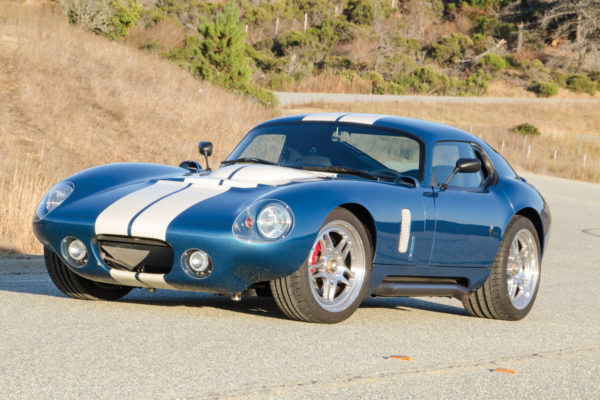
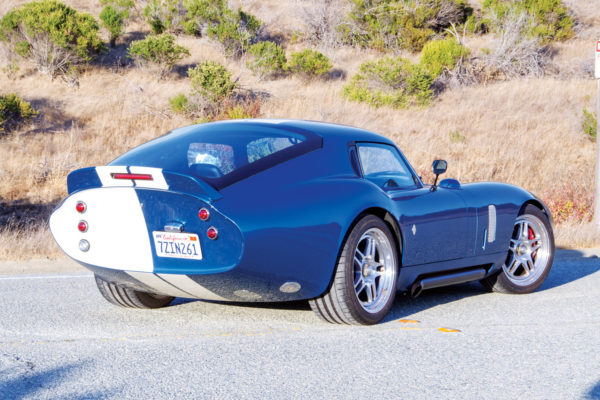
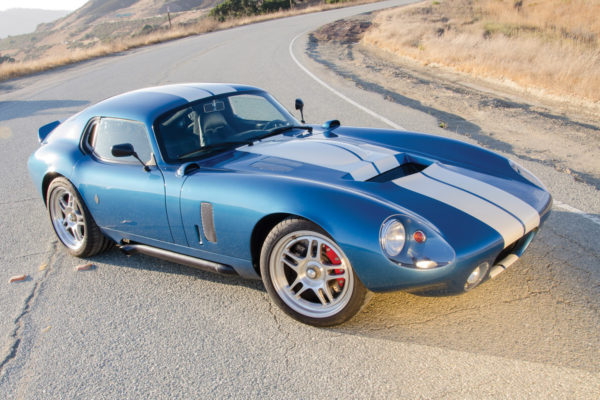
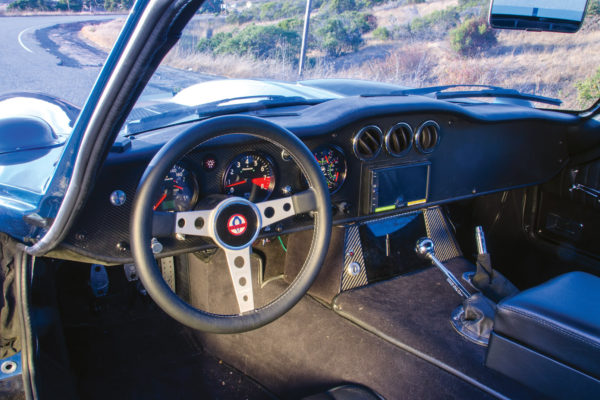
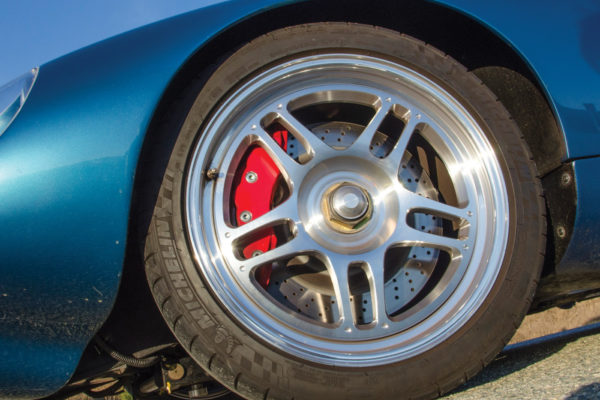
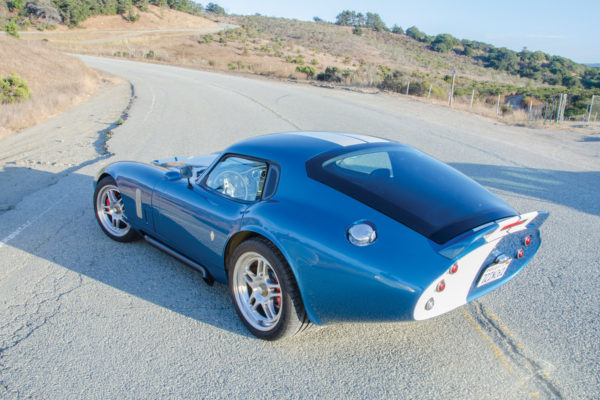

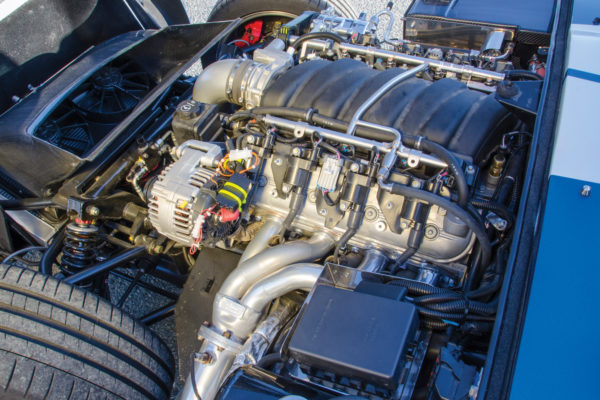
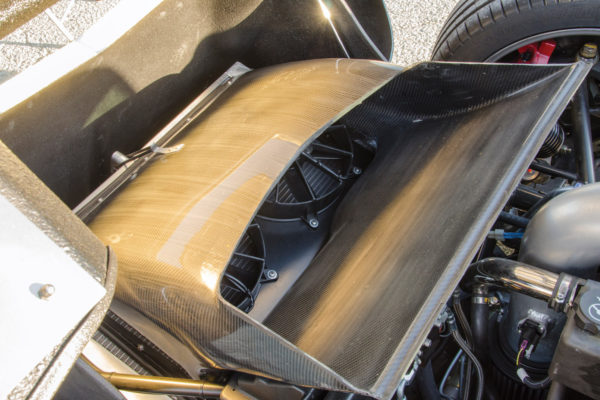
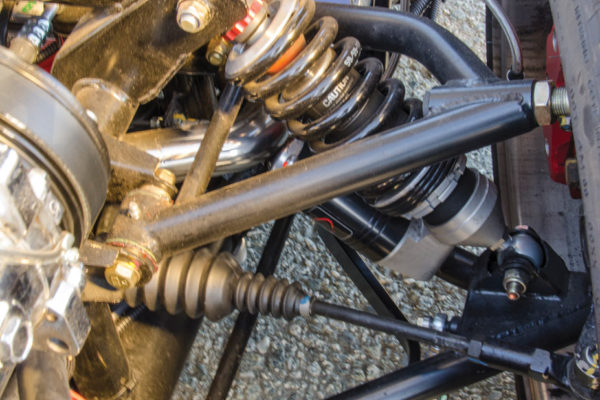
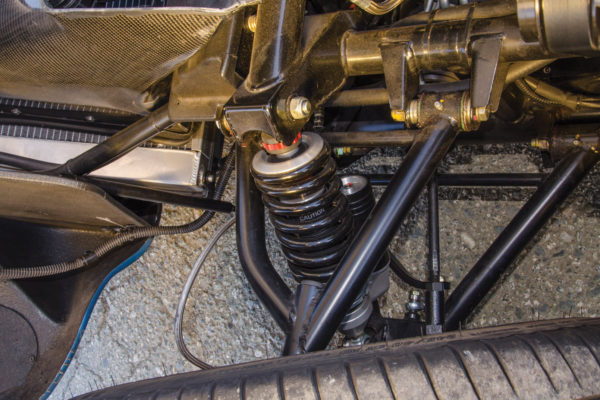
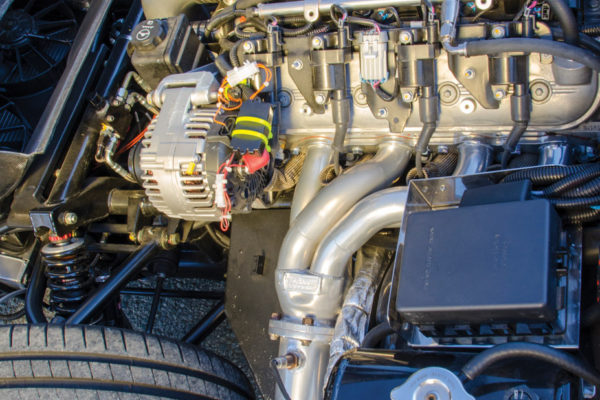
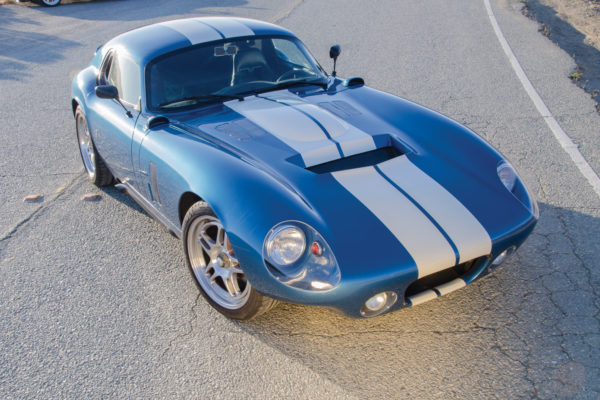

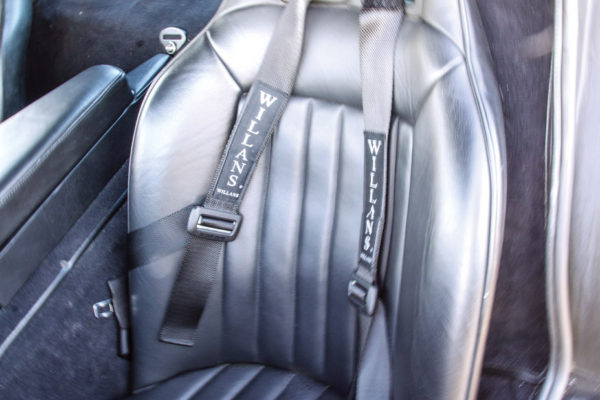
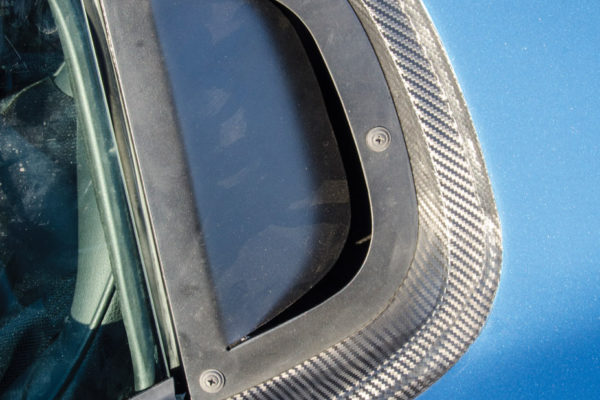
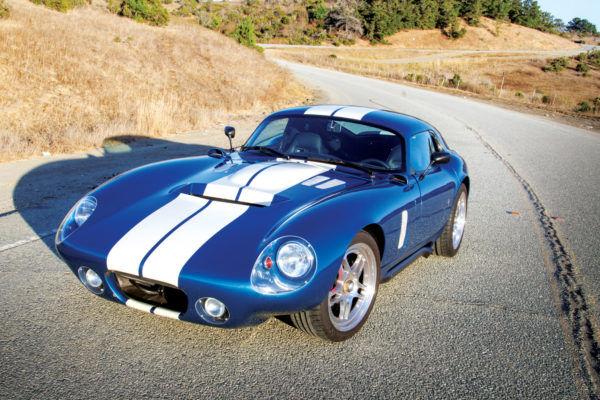
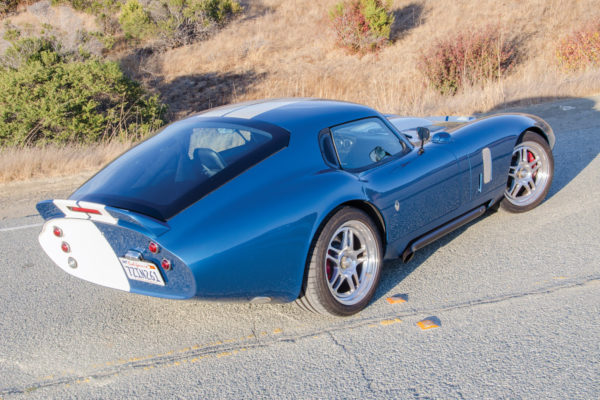




Comments for: Parallel Universe
comments powered by Disqus